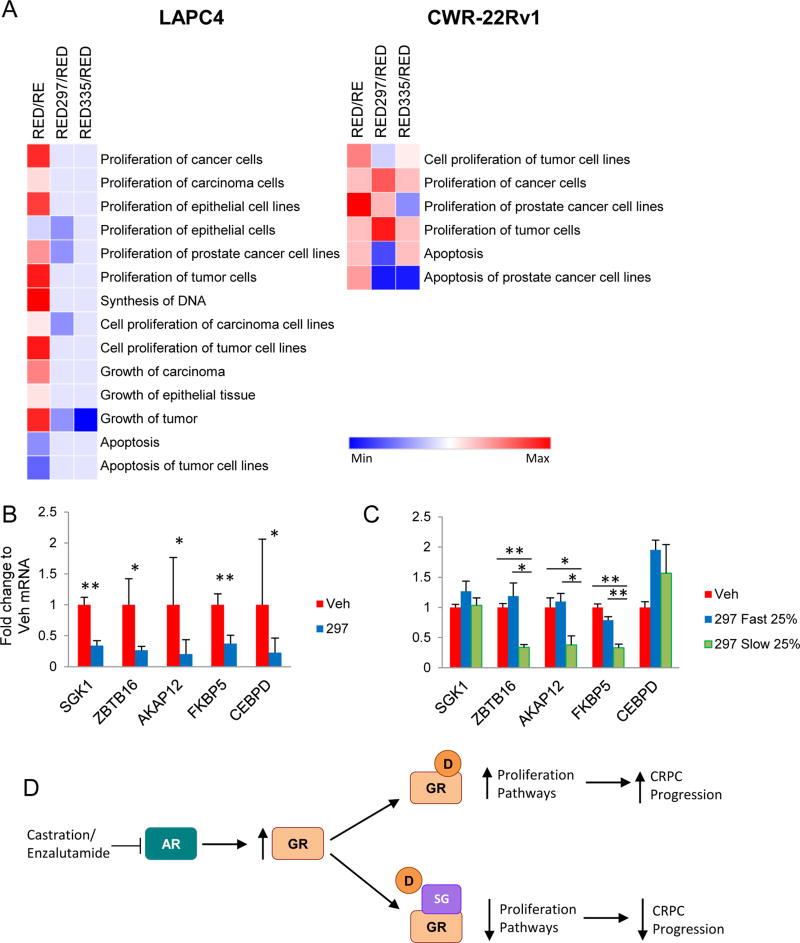Figure 5. SGRMs inhibit GR-activated PC cell proliferation pathways.
A. LAPC4 and CWR-22Rv1 cells were treated with R1881 (R, 1nM) and enzalutamide (E, 10µM) for 3 days, then dexamethasone (D, 100nM) +/− CORT108297 (297, 1µM), or CORT118335 (335, 1µM) for 6 hours. RNA-seq data was analyzed by Ingenuity Pathway Analysis (IPA). Proliferation/growth and apoptosis pathways are shown. Pathways that are significantly altered (p<0.05) are shown as activated (red) or repressed (blue). Mice treated as in Fig. 4 were euthanized following 7 days of treatment (Veh n=6; 297 n=9) B or at tumor doubling C (Veh n=6; bottom quartile n=4; top quartile n=4), the RNA was isolated from dissected tumors and analyzed by qRT-PCR. Error bars represent SEM. Statistical significance was determined by Student’s t-test, *p<0.05, **p<0.01. D. Schematic showing SGRMs competitively binds to GR to block GR-mediated PC cell proliferation and PC progression subsequent to AR-blockade.

